Kentesh Ltd is a company that has been listed on numerous fraudulent discount shopping websites promoting fake clearance sales and bargains for various brands. However, it is unknown if Kentesh Ltd is actually responsible for operating these scam sites, or if the real scammers just use the name without permission to appear legitimate. In any case, this article will provide an in-depth look at how the network of fake retail websites connected to Kentesh Ltd works, common red flags to watch for, steps you can take if scammed, and most importantly, how to protect yourself from these insidious clearance sale scams.
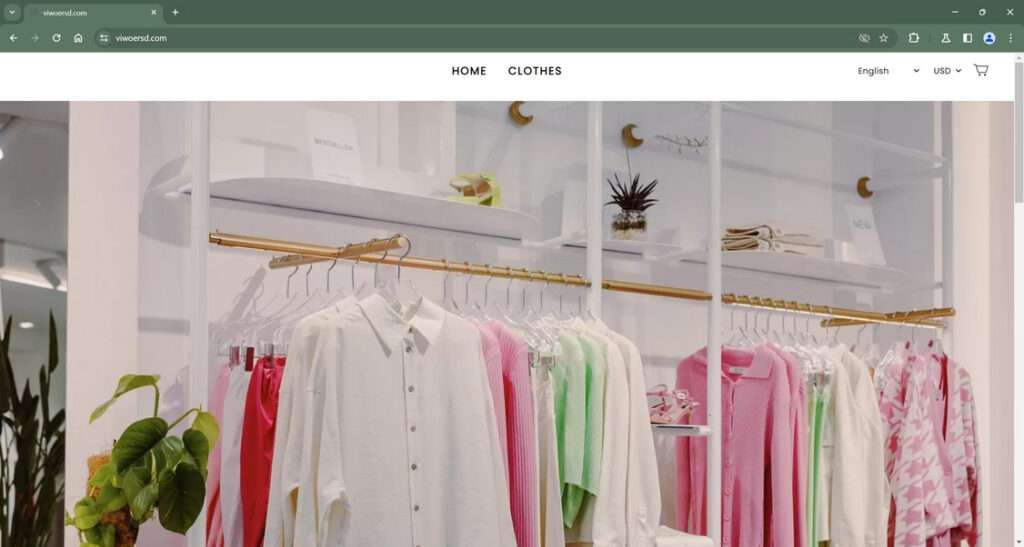
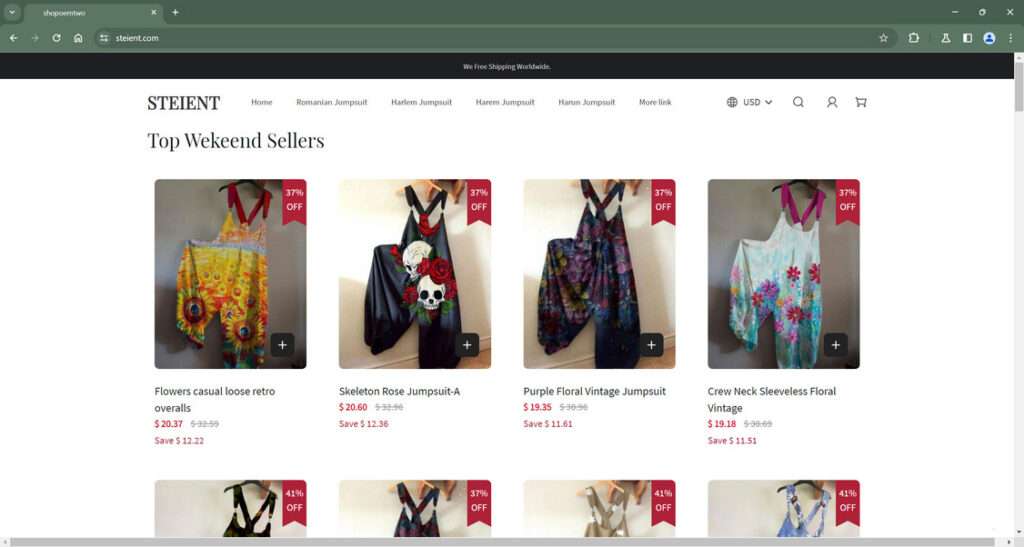
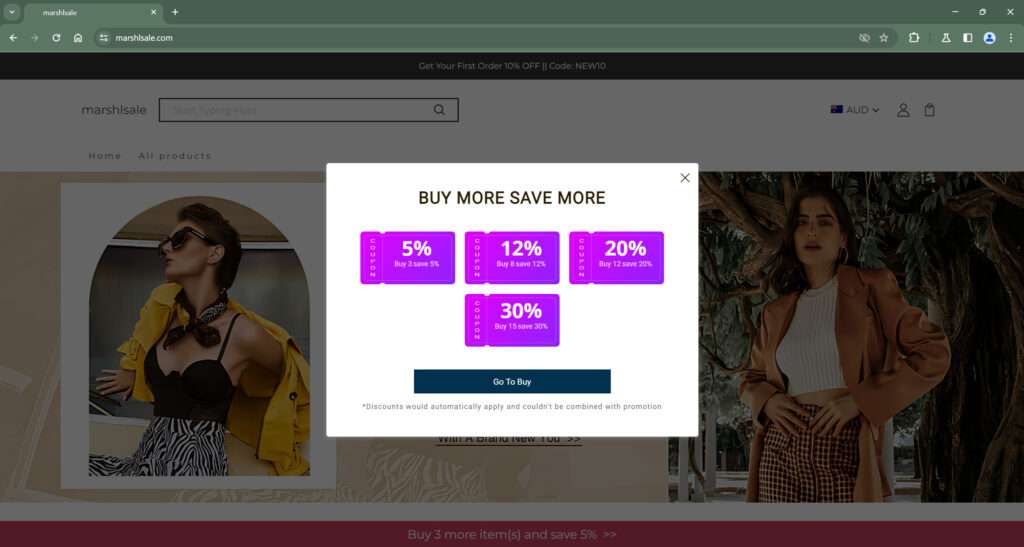
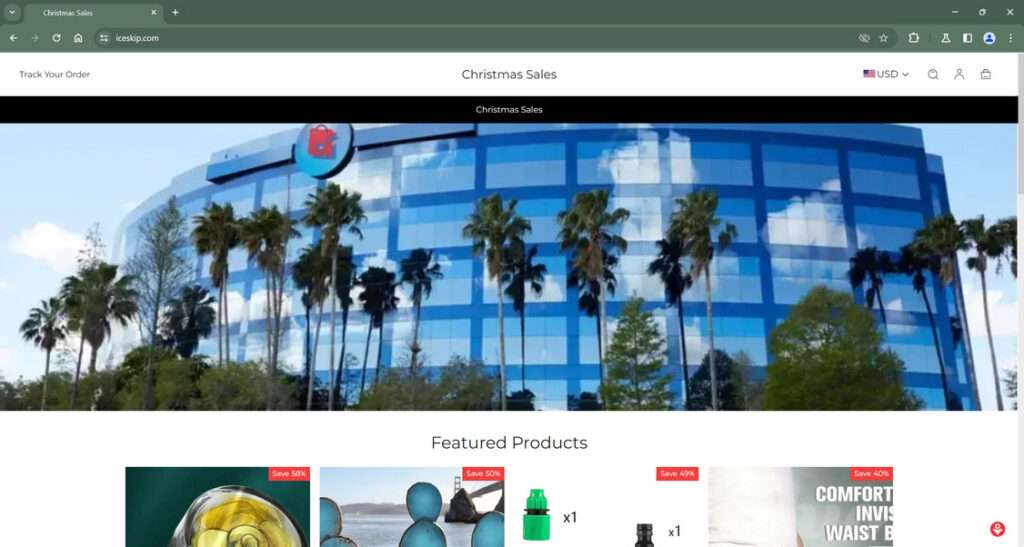
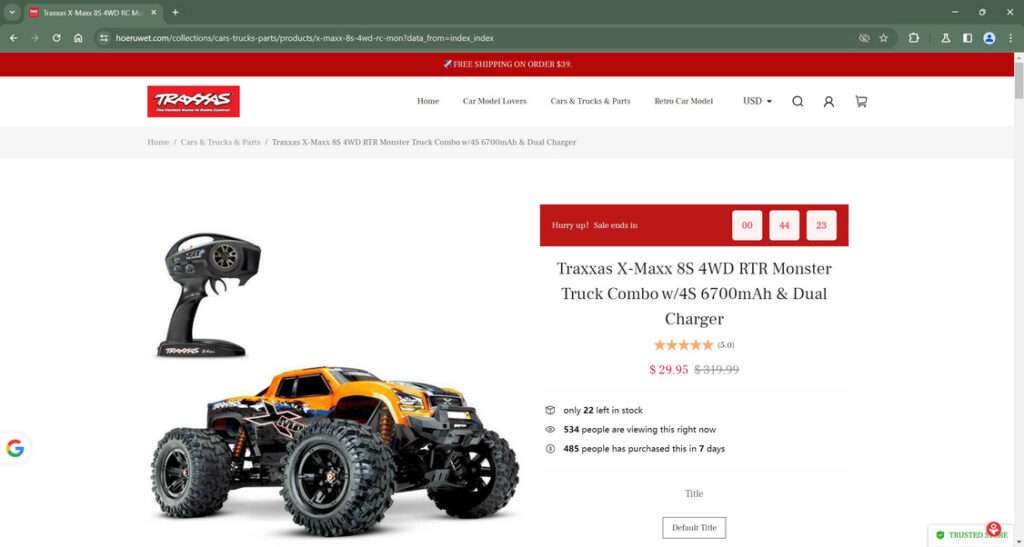
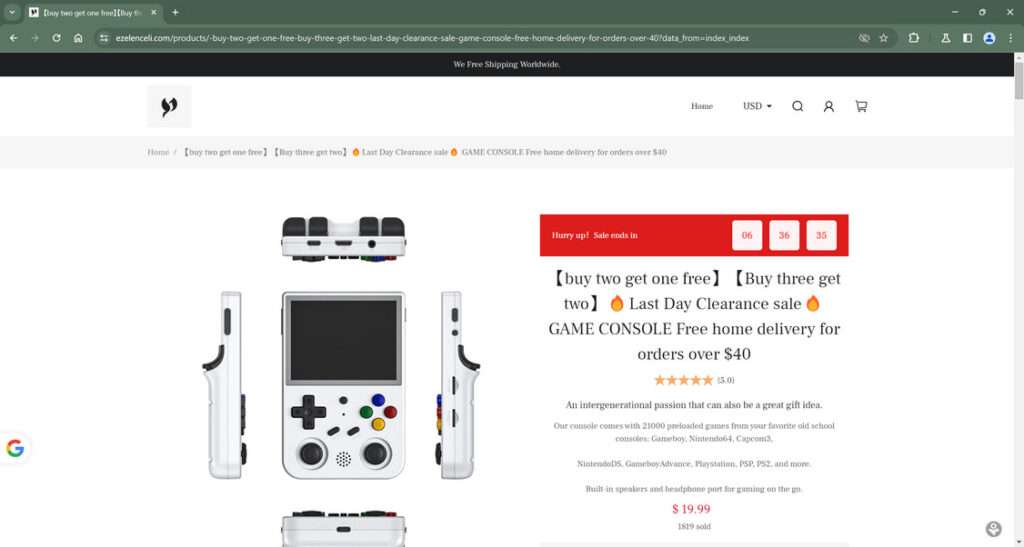

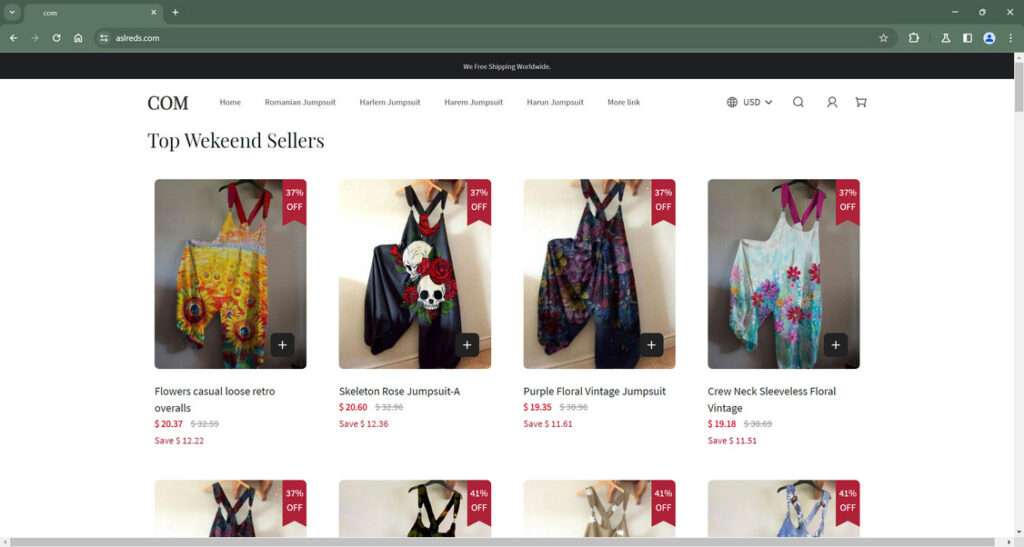
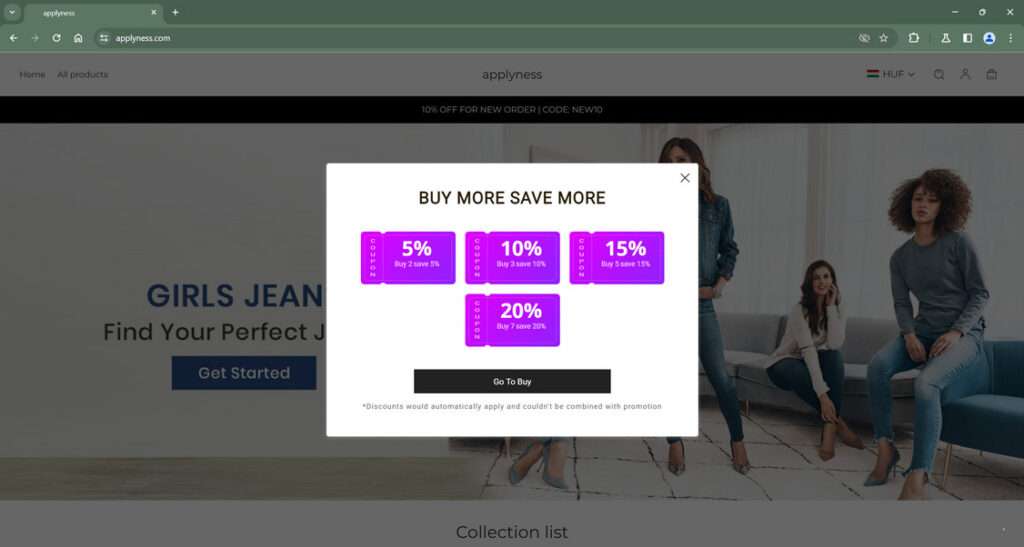
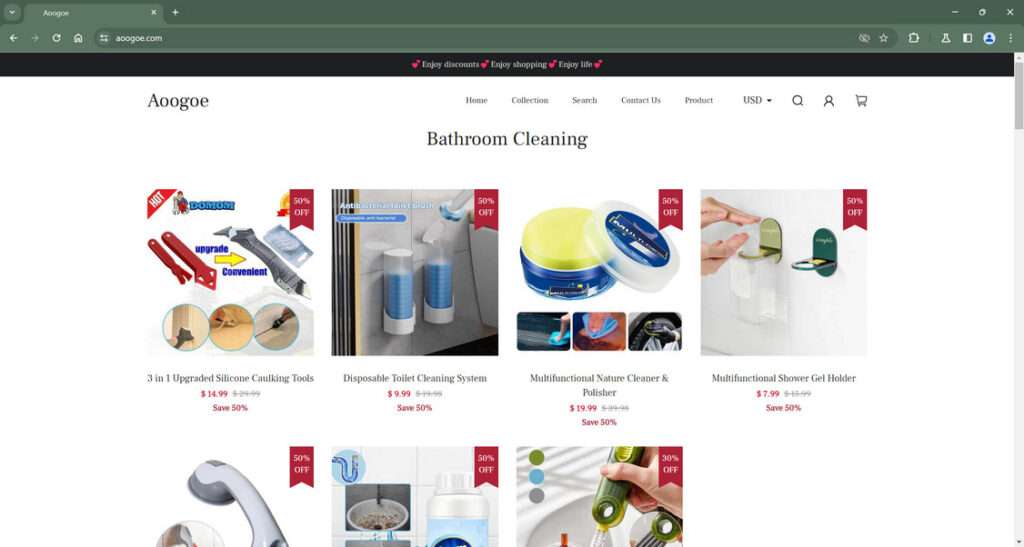
This Article Contains:
Overview of the Kentesh Ltd Scam Shopping Websites
The company Kentesh Ltd is named on many fake shopping websites that appear legitimate but are actually fraudulent. There are indications that Kentesh Ltd may be linked to a larger scam network called the Uniques Network. The scam websites do not deliver products ordered or send poor-quality items. They also make it extremely difficult for customers to get refunds.
The fake shopping sites that mention Kentesh Ltd focus on selling clothing, jewelry, electronics, and other consumer goods. They are heavily advertised on Facebook and Instagram through multiple Facebook pages and ads. This makes them appear more credible. However, behind the scenes, the pages are run by scammers using fake profiles and VPNs to hide their true location and identities.
When customers place orders on these sites referencing Kentesh Ltd, they either receive nothing, counterfeit products, or items completely different from what was pictured and described on the website. Customer service representatives are unhelpful or nonresponsive when contacted about issues. The websites also have no proper procedures in place for returns and refunds.
Thousands of customers have reported being defrauded by websites that reference Kentesh Ltd. Yet the sites continue running their scam with new domains and Facebook pages once exposed.
How the Kentesh Ltd Scam Shopping Websites Work
Kentesh Ltd is a company that has been listed on numerous fraudulent ecommerce websites promoting fake clearance sales and bargains for various brands. However, it is unknown if Kentesh Ltd is actually responsible for operating these scam websites, or if the real scammers just use the Kentesh Ltd company name without their knowledge or consent to appear more legitimate. In any case, exercise caution with websites listing Kentesh Ltd, as many have been reported as clearance sale scams stealing money from online shoppers lured by unrealistic discounts.
Here is an in-depth look at how the Kentesh Ltd scam network ensnares victims from ad promotion to purchase:
1. Promote Fake Sales on Social Media
The first step is promoting unrealistic offers like “Best Buy Sale – 90% Off!” and “Nike Warehouse Clearance!” via Facebook and Instagram ads to gain attention. The ads display popular products next to prices no legitimate retailer would offer. Urgency and scarcity tactics push people to click on impulse.


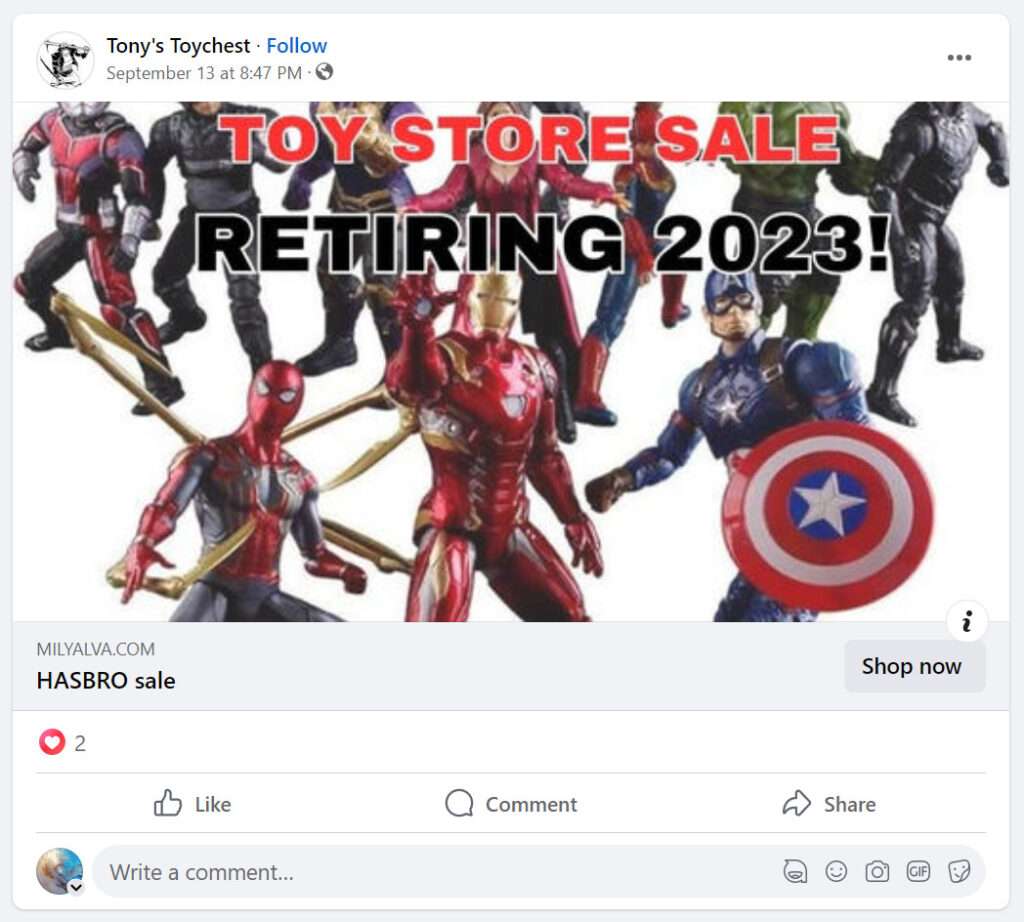
2. Drive Traffic to Sophisticated Fake Sites
The social media ads funnel victims to fake sites that convincingly impersonate real brand’s e-commerce experiences with logos, imagery, and branded visual design. However, a closer look reveals inconsistencies like the domain name not matching exactly.
3. Hook Shoppers With Huge Discounts
On the scam sites, coveted items show absurdly low prices up to 90% off using tactics like countdown timers to trigger urgency and impulse buying without closer scrutiny. A $1000 purse might be listed at $50 or a $2000 TV at $99.
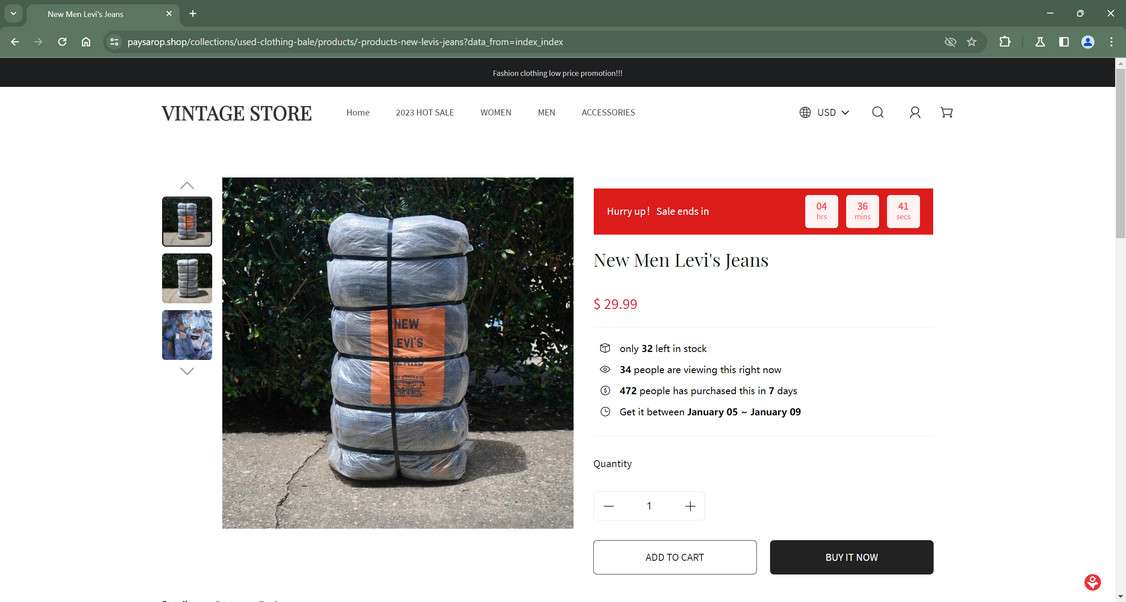
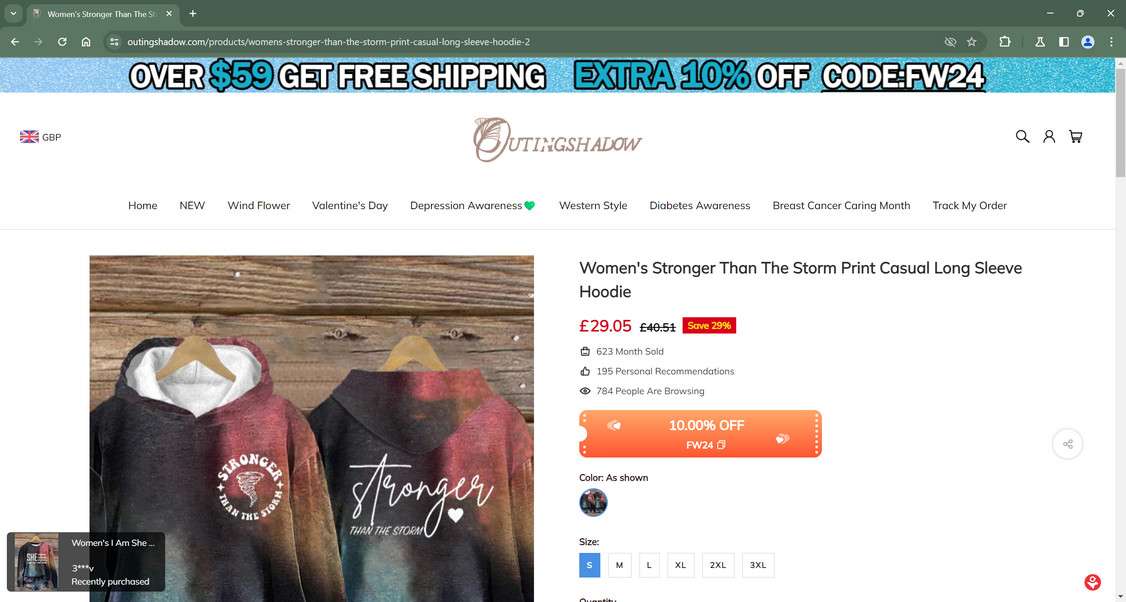
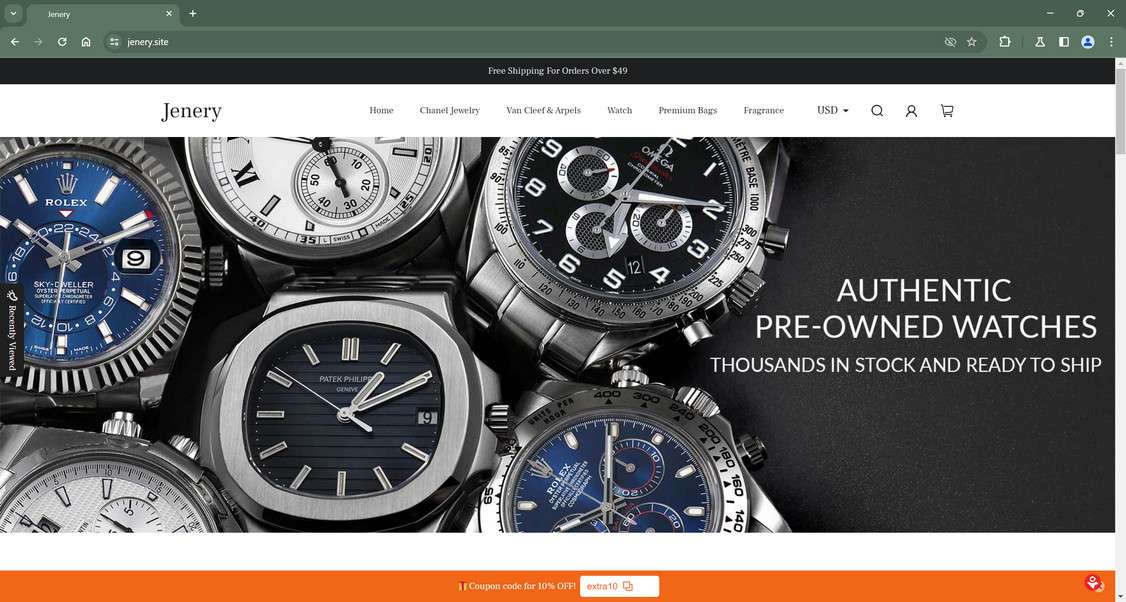
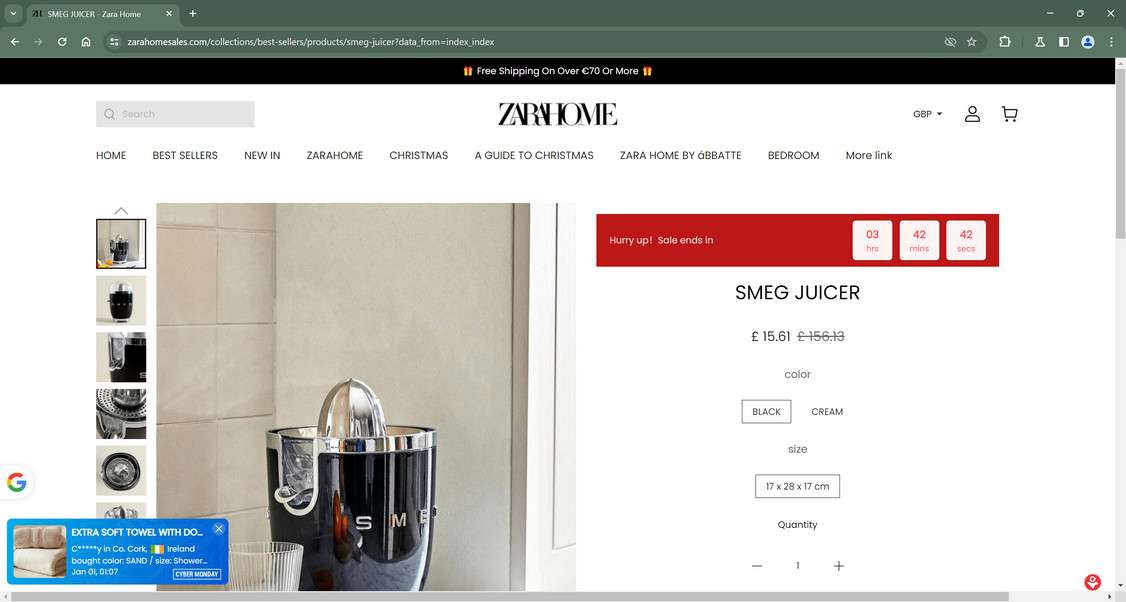
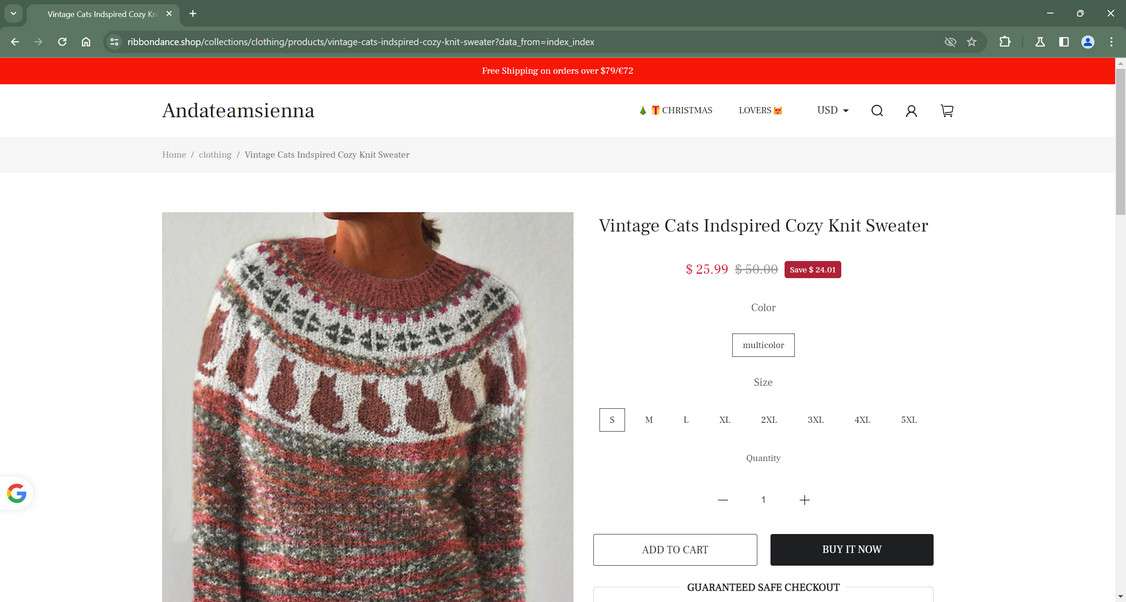
4. Gather Personal and Payment Information at Checkout
The sites have a checkout process collecting all needed billing and shipping info, plus payment details, appearing totally normal until no items ship. They often let shoppers pay via PayPal, Apple Pay, and major cards for added legitimacy. Data is stolen.
5. Never Ship Products After Taking Payment
Weeks later, customers who submitted payment realize the too-good-to-be-true deal website never sends any products, leaving them empty handed and searching for recourse.
6. Disappear and Relaunch New Sites
The scam websites vanish once enough complaints accumulate, then the network repeats the process with new domains, company names, and branding under the Kentesh Ltd umbrella. Rinse and repeat.
By expertly impersonating real e-commerce experiences and tempting consumers with unbelievable prices on coveted goods, Kentesh Ltd’s network pulls off lucrative clearance sale scams at scale while evading detection.
How to Spot Kentesh Ltd Scam Websites
While the sites look convincing, there are ways to detect their fraudulent nature:
- Research the company name: Search for Kentesh Ltd plus words like “scam”, “fake” or “review”. You may find warnings about sites that include it from other victims.
- Look for contact inconsistencies: Note any discrepancies between locations listed in the contact details and on the About Us page.
- Check for fake reviews: Reviews may be unnaturally positive, lack specific details, or come from accounts with no other activity. Be suspicious.
- Assess how long it’s been around: Avoid sites created very recently that lack an online history. Scam sites often get quickly abandoned.
- Evaluate the prices: Very low prices can indicate scam websites that will under-deliver on product quality.
- See if contact forms work: Test email addresses and phone numbers given on the site before buying to see if you get a response.
- Search for duplicate images: Reverse image search product photos, which may have been copied from other websites.
- Check domain registration info: Use online tools like Whois to view what limited domain ownership data is public.
- Beware perfect grammar: Scam sites trying to appear American or European often have awkward phrasing a native speaker wouldn’t use.
The more things that look suspicious, the less likely a site referencing Kentesh Ltd is legit. Trust your instincts if something seems off.
How to Spot Kentesh Ltd Scams on Social Media
The fake clearance sales from Kentesh Ltd’s network are heavily promoted via sponsored posts and ads on Facebook, Instagram, TikTok and other platforms. Here’s how to recognize their scam social media ads:
Identifying Scams on Facebook
Watch for Facebook ads with:
- Excessive discounts like “Nike Shoes 90% off!” and “Supreme Sale!”
- Urgency tactics including countdown timers and “Going out of business!”
- Brand names and product images in the creatives
- Links to odd or suspicious domains in the ad copy
- Very little comments and reactions compared to the ad spend
Identifying Scams on Instagram
Look for Instagram scam ads containing:
- Unbelievable prices called out like “Handbags just $50!”
- Captions with slogans like “Clearance sale!” and “Last day!”
- Logos, products, and model photos of major brands
- A low number of likes and comments relative to reach
- No authentic non-ad content posted on the account
Identifying Scams on TikTok
Watch for TikTok ads with:
- Videos hyping sales with messaging like “Gucci up to 90% off!”
- Captions urging viewers to click before a deadline
- Recognizable brand names, logos, products, and imagery
- Links in bios redirecting to sketchy URLs
- Highly generic comment responses indicating bots
Apply extra scrutiny to unbelievable social media ads for clearance sales and other online shopping deals. Verify website legitimacy before clicking links or handing over payment or personal information.
Top Tips for Avoiding Kentesh Ltd Scam Websites
You can protect yourself from these shopping scams by taking the following precautions:
- Avoid shopping through Facebook ads: The scam websites are heavily promoted via Facebook. Be extra cautious about sites advertised this way.
- Research unfamiliar sites: Quickly look up any website you haven’t heard of before providing payment information.
- Check contact information: Call, email, or live chat with the company first if possible to verify they respond promptly.
- Read reviews carefully: Don’t rely solely on reviews posted on the site itself, which could be fake. Check external review sites.
- Pay with a credit card: You can dispute the charges more easily if the site is fraudulent. Avoid direct bank transfers.
- Beware limited payment options: Scam sites often only take PayPal or cryptocurrency to make tracking them harder.
- Check shipping details: Orders from China or Hong Kong indicate an overseas scam site falsely claiming to be local.
- Avoid clicking Facebook ads: Be wary of ad-driven impulse buying, as scammers take advantage of this.
- Use common sense: If a site looks poorly made or has prices that are unrealistic, it’s likely a scam.
The safest approach is to stick to reputable retailers with an established presence online and physical stores. Safely vet any lesser known sites before buying.
What to Do If You Are Scammed by a Website Referencing Kentesh Ltd
If you have fallen victim to this scam, you should take immediate action to protect yourself and your money. Here are some steps that you can take:
- Contact your bank immediately – Alert your bank to disputed charges and consider canceling your card to prevent further fraudulent purchases.
- Keep records – Save receipts, emails, screenshots, and any details related to the transaction. This provides proof of the scam.
- File a complaint – Report the fraud to the FTC and Internet Crime Complaint Center. Provide any relevant records.
- Leave online reviews – Post details of the scam on consumer review sites to warn others. However, don’t defame legitimate businesses.
- Report social media accounts – If the scam involved social media, report the accounts to get them removed.
- Reverse payments – If you paid with a credit card, request a chargeback. For wire transfers, contact the recipient bank to possibly reverse it.
- Check credit reports – Request credit reports to check for any accounts opened fraudulently using your information. Consider placing a credit freeze if needed.
- Reset account passwords – Change passwords on any online accounts that used the same login credentials entered on the scam site.
- Check your device for viruses – Run a Malwarebytes Anti-Malware Free scan to check for any malware that may have infected your device through the site.
- Learn from the situation – Study how you were deceived so you can avoid other scams in the future.
Being vigilant against shopping scams and acting quickly when scammed can help limit financial and identity theft impact. Report it to help authorities investigate and shutdown scam sites that are still active.
Frequently Asked Questions
Is Kentesh Ltd behind the scam websites?
It is unknown if Kentesh Ltd is actually responsible for running the scam websites. The company is likely just named on the sites without their knowledge or consent. The real operators use shell companies like Kentesh Ltd to appear more legitimate.
How do I get a refund if I was scammed?
Immediately contact your bank or payment method provider used, like PayPal or your credit card issuer. Report the transaction as fraudulent since you did not receive the product that was described and pictured on the website. Persistently follow up to get the charges reversed.
Are all sites mentioning Kentesh Ltd scams?
No, there may be some legitimate sites that happen to reference Kentesh Ltd. However, many scam websites do fraudulently name Kentesh Ltd without permission, so extra caution is warranted. Thoroughly vet any sites that mention it.
Can I tell if reviews of a website are fake or real?
Fake reviews often praise products without details, seem overly positive, come from accounts with minimal other activity, have broken English, repeat same phrasing, or were all posted recently. Genuine reviews mention specifics, have varied ratings, and come from established users.
What should I do if a site won’t provide a refund?
If contacting the website directly gets you nowhere, file a dispute with your bank or payment provider. Report the site to the FTC and BBB to get the word out. Leave reviews warning others about the fraudulent site as well.
Am I able to get my money back if I used a credit card?
Yes, credit card purchases have added protection. Contact your issuer to dispute the charges and have them reversed since you did not receive the product as described at the time of purchase. This process is easier than trying to recover wired payments.
How can I identify if a website is a scam before ordering?
Ways to spot scam sites include inconsistencies in contact details, prices that seem unrealistic, stock photos used instead of real images, recently registered domains, excessive positive reviews, broken English, and missing contact information.
Should I avoid all sites referencing Kentesh Ltd?
You should research any unfamiliar site referencing it thoroughly before making purchases, checking site reputation, reviews, contact info, etc. Proceed with caution.
What recourse is available if I report the site and still can’t get a refund?
If your payment provider also refuses to reverse the charges, your options become more limited but include reporting the fraud to the FTC, FBI, and BBB to try getting the site shut down, or consulting an attorney about further legal action in recovering losses.
The Bottom Line
Kentesh Ltd appears closely tied to operating an expansive network of fake e-commerce websites for major brands that promote unrealistic discounts to lure in and scam eager deal seekers. They impersonate real online shopping experiences with sophisticated designs and social media ads portraying clearance sales with extreme price cuts up to 90% off.
However, looking out for telltale signs like unbelievable prices, recent website registration dates, missing contact pages, and pressure tactics enables detecting fraudulent websites tied to Kentesh Ltd before making a purchase. Avoid falling victim to elaborate clearance sale scams by sticking to official retailer URLs and applying extra scrutiny to any deal that appears unrealistic. Exercising caution is your best defense against creative shopping scams run by networks like Kentesh Ltd.
This article is for educational purposes only and does not constitute professional, financial or legal advice. The content is intended for general information and should not be construed as definitive guidance. Information contained herein is subject to change without notice. If you are the owner of the website in question and wish to offer clarifications regarding your business or website, please reach out to us through the provided Contact Form.










